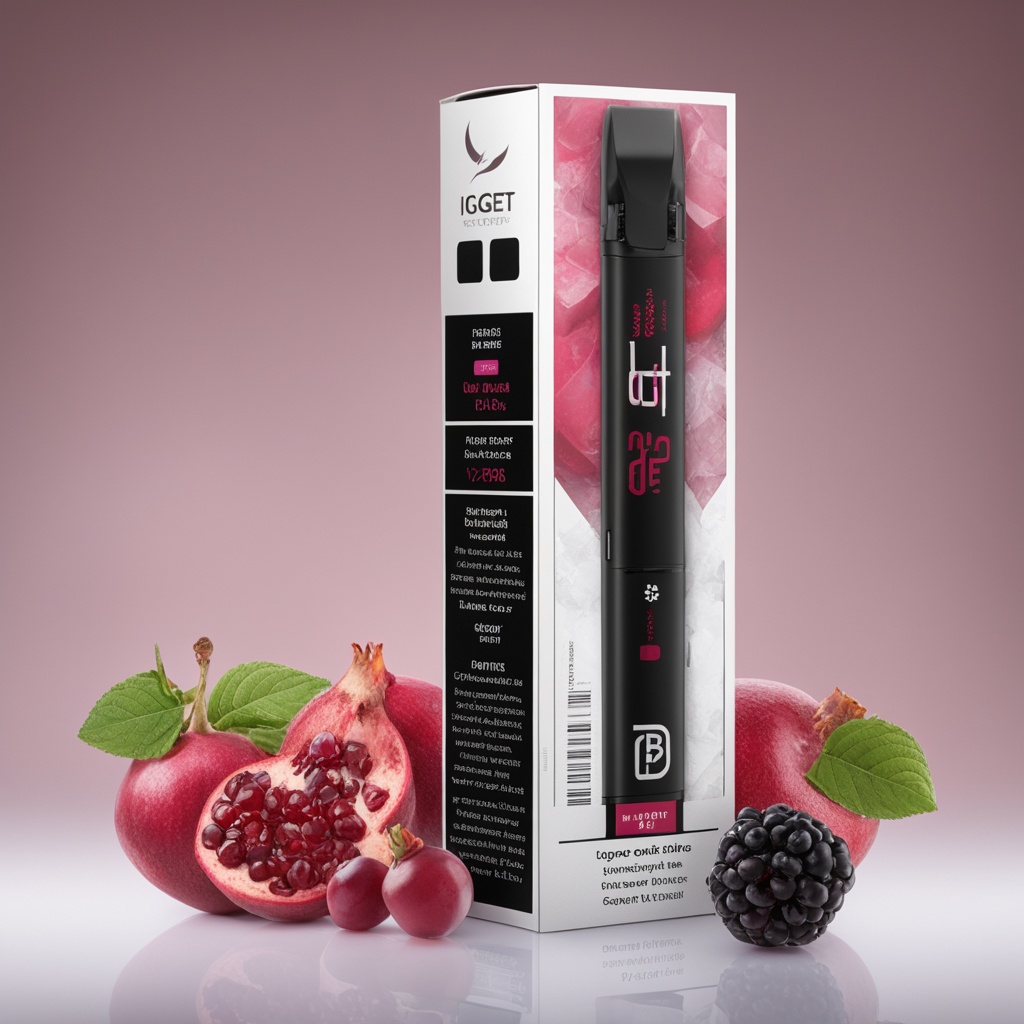Fake iGet Bar vs Real E-Cigarettes: What You Need to Know
In recent years, the vaping industry has exploded in popularity, with millions of people worldwide turning to e-cigarettes as an alternative to traditional smoking.
However, alongside this growth, there has been a rise in counterfeit products, particularly fake iGet bars, which have caused significant concern among consumers and health experts alike. The question is: how can you distinguish between a fake iget bar vs real e-cigarette?
This article explores the differences, risks, and what you need to know to make an informed decision.
What Are Fake iGet Bars?
Fake iGet bars are counterfeit versions of genuine e-cigarettes. These products are designed to mimic popular brands like iGet but often fail to meet the same quality, safety, and performance standards. The fake iget bar vs real comparison reveals a concerning disparity in both design and functionality. While real e-cigarettes undergo rigorous testing to ensure they meet safety regulations, fake products often cut corners, prioritizing profit over consumer health.
One of the most alarming aspects of fake iGet bars is their potential to harm users. These counterfeit devices may contain toxic chemicals, including heavy metals and other harmful substances that are not present in legitimate e-cigarettes. This raises serious questions about the long-term effects of using such products on public health.
Why Are Fake iGet Bars Dangerous?
The dangers of fake iGet bars cannot be overstated. These counterfeit products pose significant risks to users, including:
- Toxic chemical exposure: Many fake iGet bars contain harmful chemicals that can lead to serious health issues, such as respiratory problems and lung damage.
- Poor battery quality: Counterfeit devices often have subpar batteries that can overheat, explode, or malfunction, posing a fire hazard.
- Inconsistent nicotine delivery: Fake e-cigarettes may deliver inconsistent amounts of nicotine, making them less effective for smokers trying to quit traditional cigarettes.
- Unregulated design: Unlike real e-cigarettes, fake products are not subject to the same safety standards, increasing the risk of malfunction and injury.
These risks highlight the importance of being able to identify a fake iget bar vs real e-cigarette. By understanding the differences, consumers can protect themselves from potential harm.
How to Spot a Fake iGet Bar
Distinguishing between fake and real e-cigarettes requires careful observation. Here are some key features to look for:
- Packaging quality: Genuine products typically come in high-quality packaging with clear branding, while counterfeit versions often have poor-quality labels or misspelled brand names.
- Battery life: Fake iGet bars may have shorter battery life or inconsistent charging performance compared to real devices.
- Taste and vapor production: Counterfeit e-cigarettes often produce a harsh taste or weak vapor, whereas real ones deliver a smooth and satisfying experience.
- Price discrepancies: If an e-cigarette is significantly cheaper than the market price, it could be a red flag for a counterfeit product.
- Device performance: Real e-cigarettes are designed to provide consistent performance, while fake ones may malfunction or fail to deliver as advertised.
By paying attention to these details, you can significantly reduce the risk of purchasing a fake iGet bar.
However, even with careful inspection, it can be challenging for the average consumer to spot counterfeit products. This raises the question: what more can manufacturers and regulators do to combat the proliferation of fake e-cigarettes?
The Impact on Public Health
The rise of counterfeit e-cigarettes has far-reaching implications for public health. In addition to the direct risks posed by fake iGet bars, their presence in the market undermines efforts to promote safer alternatives to traditional smoking. For instance, if a smoker switches to a counterfeit device that delivers inconsistent nicotine levels or causes discomfort, they may be discouraged from continuing with vaping as an effective harm reduction strategy.
Moreover, the availability of fake e-cigarettes can create confusion among consumers about the safety and efficacy of vaping in general. This confusion can lead to skepticism toward legitimate products, which are designed with user safety in mind. The question remains: how can we educate the public about the differences between fake iget bar vs real e-cigarettes to ensure they make informed choices?
What Can Be Done to Combat Counterfeit Products?
Addressing the issue of counterfeit e-cigarettes requires a multi-faceted approach. On one hand, manufacturers can implement advanced anti-counterfeiting measures, such as unique product codes and holographic labels, to help consumers verify authenticity. On the other hand, regulators must strengthen enforcement efforts to crack down on illegal production and distribution networks.
Public awareness campaigns also play a crucial role in combating counterfeit products. By educating consumers about the risks of fake iGet bars and providing them with tools to identify genuine products, we can empower individuals to make safer choices. Additionally, retailers should be encouraged to only sell products from reputable brands and to verify their authenticity before offering them for sale.
Ultimately, the fight against counterfeit e-cigarettes is a shared responsibility that involves manufacturers, regulators, retailers, and consumers. Only through collective action can we reduce the prevalence of fake iGet bars and ensure that vaping remains a safe and effective alternative to smoking.
Conclusion
The proliferation of fake iGet bars underscores the importance of being vigilant when purchasing e-cigarettes. By understanding the risks associated with counterfeit products and knowing how to identify them, consumers can protect themselves from harm. The fake iget bar vs real comparison serves as a reminder that not all e-cigarettes are created equal, and the choices we make as consumers have significant implications for our health and safety.
As the vaping industry continues to evolve, it is essential that we remain proactive in addressing the challenges posed by counterfeit products. Through education, regulation, and innovation, we can work toward a future where safe and reliable e-cigarettes are accessible to all who choose to use them.

